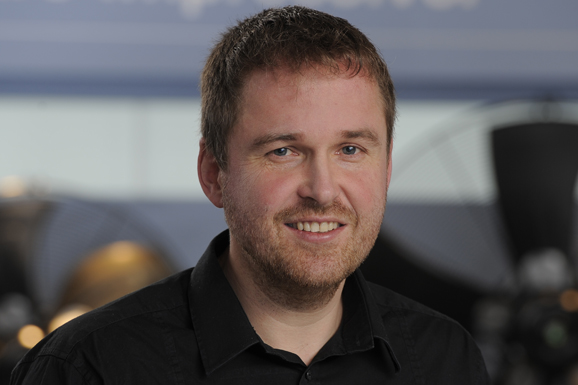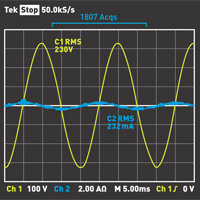Intermediate circuit capacitors cause current reverse transfer – this is a thesis that users of EC technology have recently discussed. The discussion focussed particularly on large installations with many EC fans in evaporators or control cabinet cooling systems. The scenario assumes that the intermediate circuit capacitors remains active even if the motor stands still. A proposed solution is to disconnect the devices from the power system when there is a standstill. However, a more accurate consideration of the function and design of modern EC motors contradicts this thesis.
An EC motor is driven by control and power electronics using DC voltage. For mains-powered systems, this DC voltage is gained from AC voltage. This so-called DC-link voltage is smoothed by the intermediate circuit capacitor. If no current is drawn from the intermediate circuit, the capacitor will remain charged. Due to the effect of the intermediate circuit capacitor, in this operating state there can be no phase shift between voltage and current, no idle power, no current harmonics and therefore no current reverse transfer, since no charging current flows through a charged capacitor. Therefore it is not necessary to separate the motor from the power system when the speed is zero.
However, if current is accepted from the running motor, the nonlinear charge current of the intermediate circuit capacitor loads the power system through current harmonics. In addition, the switching operations of the power electronics cause higher frequency faults. In state-of-the-art electronics, however, both phenomena can be reduced to a standards-compatible degree.

The corresponding current harmonics spectrum of phase current L1 for an idle 3 kW GreenTech EC motor.
To counter current harmonics in our GreenTech EC motors we use current harmonic filters; we use mains filters to reduce higher frequency interference emissions at the line input of the electronics. These filters are composed of capacitors and chokes and lead to capacitive idle currents at the line input which cause an idle power input for as long as the electronics remain connected to the power system. However, the effective power in standby mode, for example, is only approximately one-thousandth of the rated output for a 3 kW EC motor. This output is buffered by the intermediate circuit capacitor, but in return, the charge current is so low that, compared to the idle current of the mains filter, it is of no consequence. Thus the idle current output at rest has nothing to do with the intermediate circuit capacitor, but instead is to be traced back to the use of the mains filter.


Leave a comment